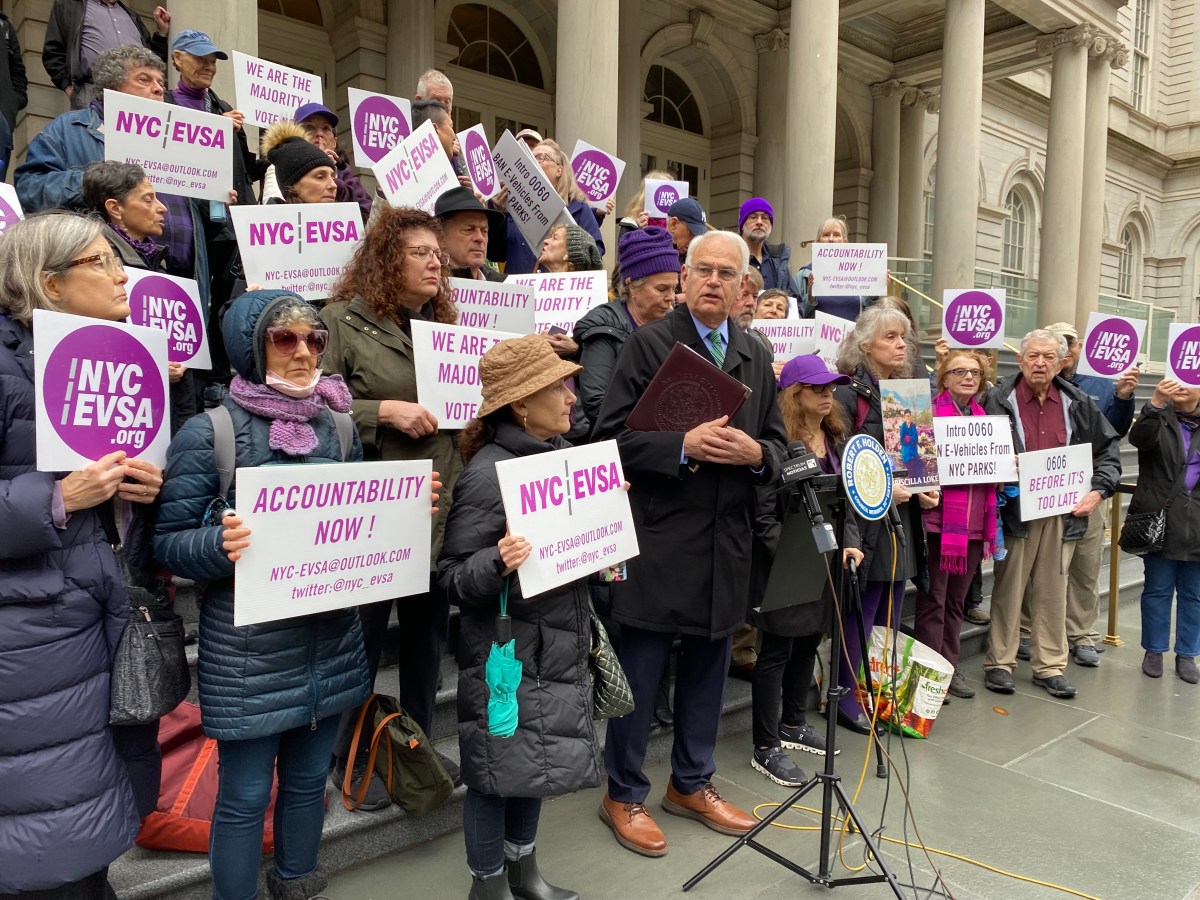By Tom Momberg
The Port Authority presented the details of its noise studies at the Queens Borough Board meeting Monday as it announced the opening of new office to work with the community on complaints.
Now in full swing, the Part 150 studies, as they are called, are intended to re-evaluate aviation noise levels around New York’s two major airports. The technical analysis for the studies is just beginning.
In an attempt to streamline communication and improve transparency between the airports and the surrounding communities, the new noise office was accompanied by the launch of a new website that will include monthly community updates on the ongoing studies.
“This provides us with a mechanism to improve the compatibility between the airports and surrounding communities,” said Edward Knoesel, the senior manager for the Port Authority Aviation Department’s environmental and noise programs.
The Port Authority’s prime consultant, Environmental Science Associates, will produce noise exposure map reports and see which land use is compatible.
Community members requested that the Port Authority give them more of a stake in the recently initiated Technical Advisory Committee, or TAC, which governs the analysis of the technical parts of the studies.
Under federal regulations governing the study for each Queens airport, aircraft noise is measured using Day-Night Average Sound Level, or DNL. The DNL measurement system averages noise levels across 365 days a year, weighting nighttime levels heavier than daytime.
A DNL of 65 decibels is the baseline level at which federal funding would be available for noise mitigation strategies.
As Environmental Science spends the next year creating noise exposure maps around John F. Kennedy and LaGuardia airports, the firm will have to develop new noise level contours from ground monitoring systems and cross examine them with zoning and land use where DNL is above 65.
Based on the noise exposure map reports for either airport, the Port Authority will create noise compatibility programs that may result in noise abatement or mitigation strategies for neighborhoods with a heavy impact and apply for federal funding accordingly.
The reports are scheduled to be released in the third quarter of 2016, along with five-year aviation forecasts to help predict future changes to the noise exposure maps and take them into consideration when coming up with mitigation and abatement strategies.
Those strategies may include changes to flight patterns, aircraft operation, airport layout and runway use, or more rarely, soundproofing in some eligible affected properties.
“We want to speed this up as much as we can, but it has to be done according to the regulations,” Knoesel said during his presentation.
Because the technical analysis is just beginning, the Port Authority’s noise study TAC met for its first workshop last week.
Community Aviation Roundtable Coordinating Committee co-chairs Barbara Brown and Janet McEneany demanded that there be more community representation on the TACBrian Wills and Susan Carroll were designated committee members for those committee meetings, but Brown said representation among airport stakeholders is unbalanced in favor of the airlines.
“Who should be a part of TAC, and who should be represented? What about the stakeholders that live at the mouths of either airport? I didn’t see them at the committee meeting,” Brown said before the Borough Board. “So I think there needs to be further discussion about proportional representation.”
Knoesel said the Port Authority might be up for having that discussion, but would want to be sure that any committee member take the commitment seriously and be knowledgeable on the technical aspects of the study.
Visit the noise office at www.panyn
Reach reporter Tom Momberg by e-mail at tmomb



































